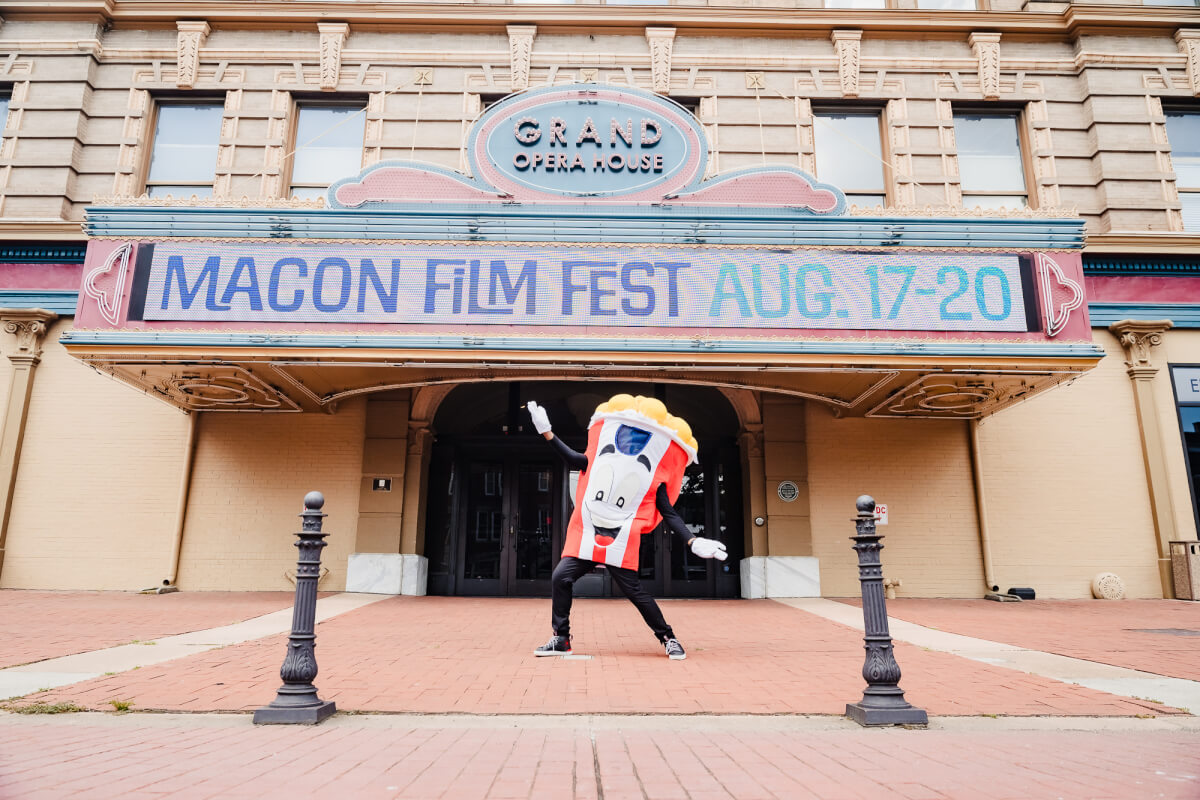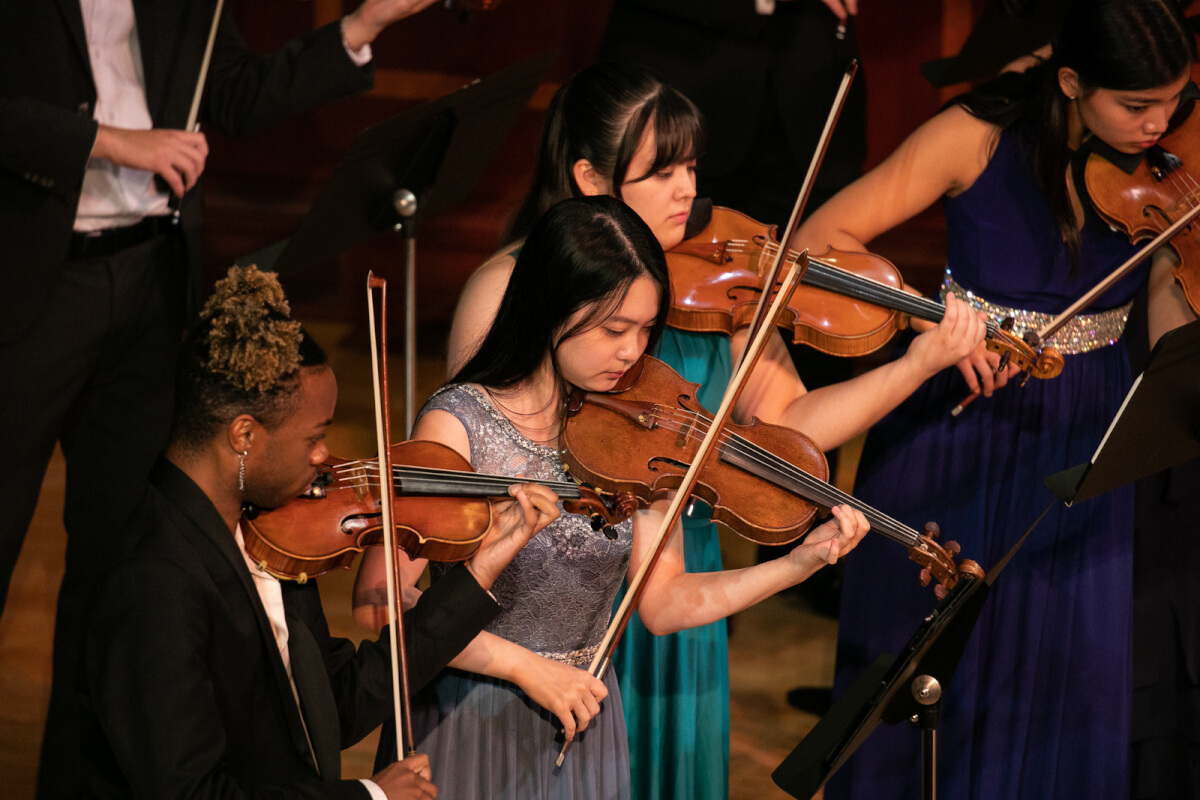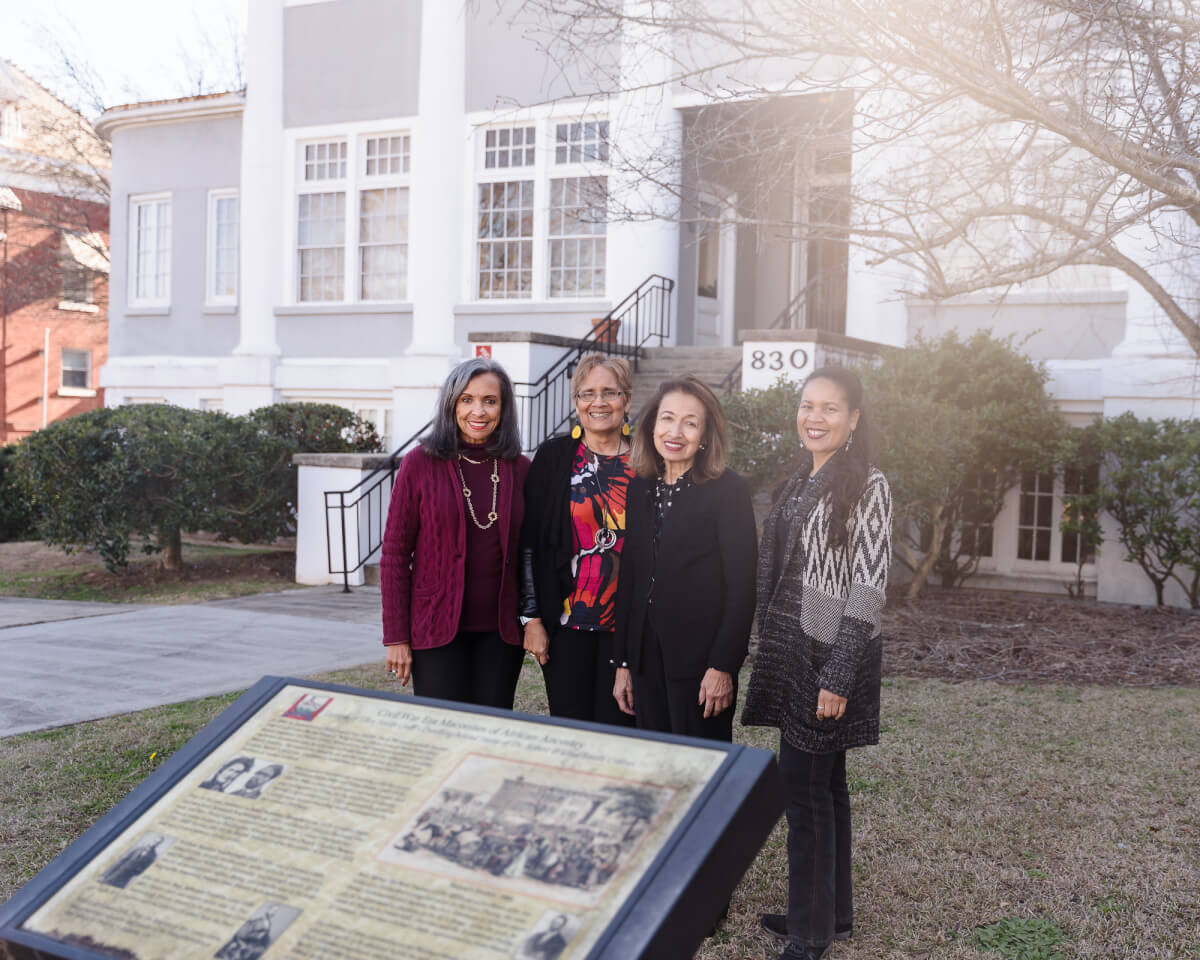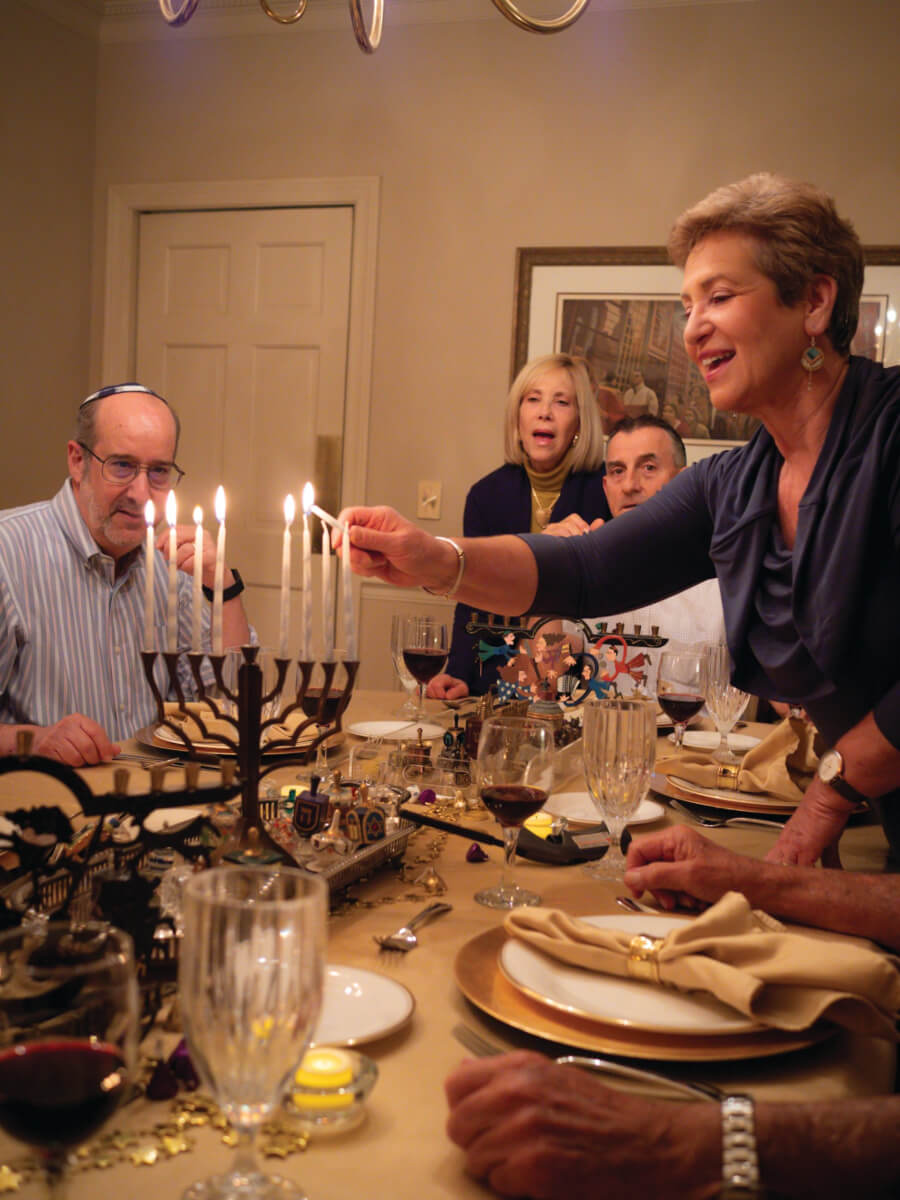
Lore, light and latkes
Understanding the meaning and history of Chanukah
By Jami Gaudet
Chanukah is the most widely known and most misunderstood Jewish holiday. So, let’s begin by debunking the biggest myth: Chanukah is not the Jewish Christmas. On Christmas, Christians celebrate the birth of Jesus. During Chanukah, Jews celebrate survival and independence from persecution.
Chanukah is rife with peculiarities. More than 2,200 years-old, it’s a relatively new holiday, appearing in the Talmud (encyclopedic rabbinic commentary and basis of Jewish law, edited around the year 500), but not in the Hebrew Bible, what Christians call the Old Testament.
Chanukah’s elevated stature is a coincidence of the calendar and a double-edged sword. Its proximity to Christmas mistakenly invites comparison and exaggerates its importance. Chanukah is a minor holiday that has become Americanized with the requisite holiday décor and outsized gift giving. The Elf on the Shelf has spawned the Mensch on the Bench.
Hebrew, an ancient language of the Jewish people, is spoken in Israel and is the prayer language of Jews worldwide. Hebrew requires transliteration into English. Chanukah is the traditional Hebrew spelling, while Hanukkah (English), is equally correct. The pronunciation of Chanukah too is challenging. “Ch” in Hebrew has a throaty, guttural sound, unlike “ch” in the word chance. Consequently, Hanukkah is more widely used.
THE STORY
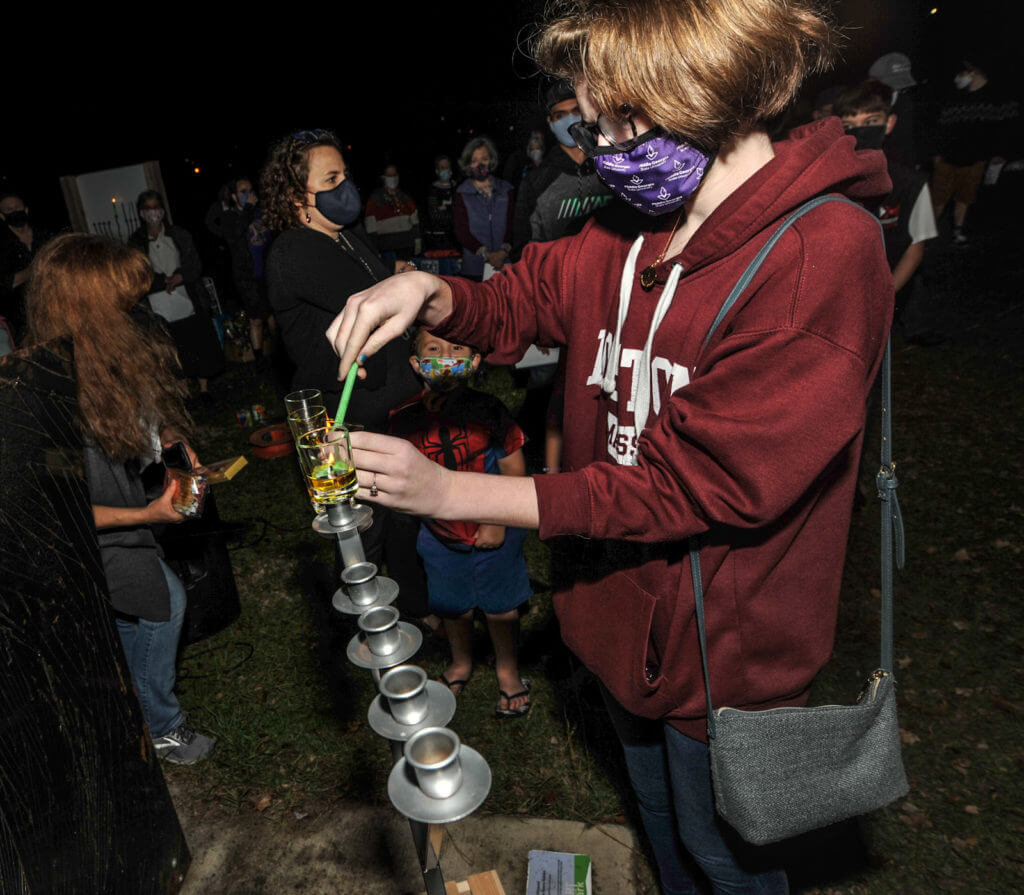
Chanukah is the festival of lights, which commemorates the recapture of Jerusalem and the cleansing and rededication of the Second Temple in 164 BCE when a ragtag band of Jewish warriors scored an unlikely victory over the army of the tyrannical Syrian king Antiochus IV Epiphanes, who banned Jewish worship and practice.
The Syrian army massacred Jews and desecrated the temple, turning it into a pagan shrine and sparking a rebellion led by a priest named Mattathias and his five sons.
Upon Mattathias’ death, his son Judah led the revolt against Syrian oppression and was given the name, Judah Maccabee. Maccabee, a derivation of the word hammer, refers to Judah’s superior strength and the fierceness of the uprising.
According to the Talmud, during the temple restoration a small vessel of oil was discovered to light the chanukiah, or candelabrum. Although there was only enough oil to last for a single day, wondrously, it burned for eight, inspiring an eight-day fête.
After the Maccabees’ victory, the temple was restored, and today, Jews celebrate two miracles, the historical victory over the Syrian army and the miracle of the oil, considered legend.
To celebrate the miracle of the oil, during Chanukah Jews feast on fried foods, particularly potato latkes (fried potato pancakes) served with a dollop of sour cream and applesauce. Fried jelly donuts (sufganyot) is an Israeli Chanukah treat which decades ago was immortalized on “Sesame Street.”
MOVING TARGET
There’s no figuring when to wish Jews a “Happy Chanukah” because the date is ever-changing. Religiously, Jews adhere to the lunisolar calendar regulated by the moon and sun, 354 days rather than 365 on the solar or Gregorian calendar, the world’s standard, based on the relation of the sun to the stars.
Days begin at midnight on the Gregorian calendar and at sundown on the lunisolar calendar, harkening back to the opening line of Genesis, “There was evening and there was morning.” This important distinction means that all Jewish holidays, including the Sabbath (Shabbat), begin the previous evening at sundown and end at sundown the following day.
Chanukah is observed on the 25th day of the Jewish month of Kislev and ends on the third day of the month of Tevet. Usually it occurs in December, but in 2021 it begins at sundown on
Nov. 28 and ends at sundown on Dec. 6.
The rabbinic calendar began with the creation of Adam and begins anew each autumn. In September 2021, Jews ushered in the year 5782.
CHANUKIAHS
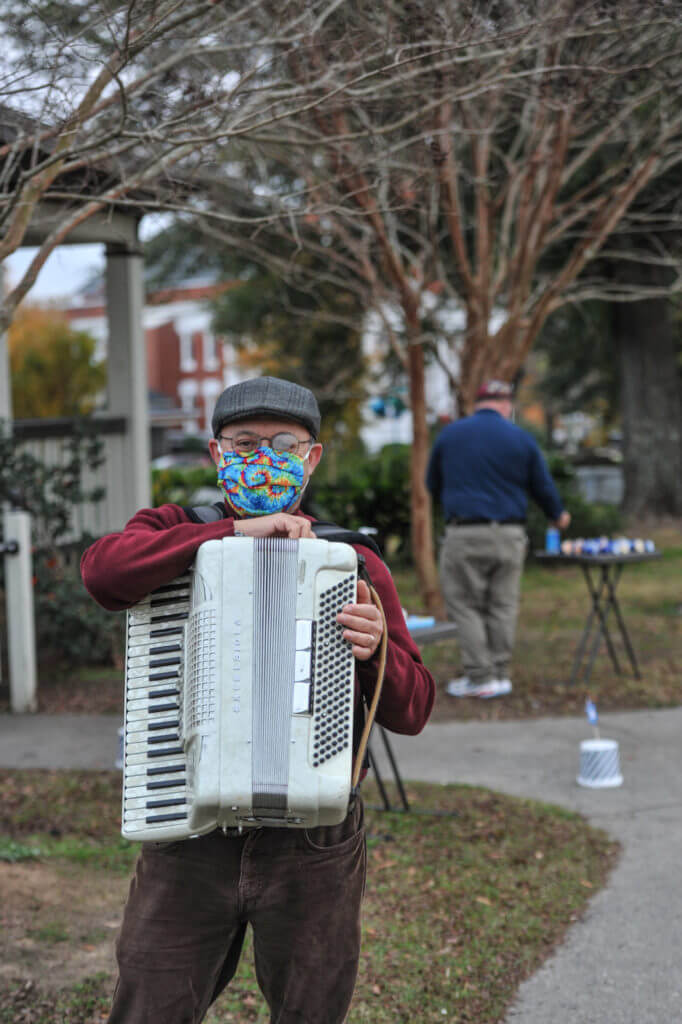
The focal point of Chanukah is the evening ritual of lighting the chanukiah, a candelabrum with nine candles, one for each of the eight nights, plus an extra candle known as the shamash, a helper candle that lights the others.
Although the words menorah and chanukiah are used interchangeably, chanukiah describes the candelabra specifically for Chanukah, while menorah refers to a seven-branch candleholder used in the ancient holy temple in Jerusalem, symbolic of the seven days of creation.
Chanukiahs have become cherished art and run the gamut of artistic expression from utilitarian to whimsical or ornate. They occupy a place of honor in Jewish homes, synagogues and museums worldwide covering a range of interests, interpretations and materials, most commonly metal, wood, clay, ceramic and glass.
Some chanukiahs are used for candle lighting while others are for display only. Candle lighting traditions also vary. Some families light a single chanukiah while in others, each family member lights a personal one.
Chanukah candles are for celebration only and must be allowed to burn out on their own. At sundown on each of the eight nights of Chanukah, the shamash is lit first and then lights each of the other candles — one the first night, two the second night, until the eighth night when all the candles are aglow. Each night after the candles are lit we sing Chanukah blessings (brakhot) in Hebrew.
DREYDL
A four-sided spinning top, known as a dreydl or dreidel (pronounced dray-dul), is the other major Chanukah symbol and is steeped in legend. In ancient Jerusalem, dreydls were subterfuge, a secret way for Jews to secretly study Torah — the first five books of the Hebrew Bible — during the reign of Antiochus.
Today, they’re popular collectibles and the basis of a rousing holiday game of chance. Whether simple and inexpensive or fancy and costly, every dreydl has four sides, each with a Hebrew letter signifying an action in the dreydl game.
Children and families delight in playing this gambling game with chocolate gelt (money in Hebrew and Yiddish), other candy, real coins or any small objects that serve as tokens.
Dreydl requires a minimum of two players, each receiving 10-15 tokens, with one token placed in the center known as “the pot.” Players take turns spinning the dreydl to see on which of the four Hebrew letters it lands with each letter corresponding to an action: nun, do nothing; gimel, take the entire pot; heh, take half the pot; and shin, add one token to the pot. The game ends when one player wins all the tokens, or it can be played with a time limit.
Beyond the game instructions, the letters nun, gimel, heh and shin form the phrase: Nes Gadol Haya Sham, which means, “A great miracle happened there” (in Israel).
DECEMBER DILLEMA
Christmas is the superstar of the calendar and a complicated one for Jews. Awash in merriment, philanthropy, good will and shopping mania, the holiday culminates on Christmas Day with worship, family gatherings, a bountiful meal and an exchange of gifts.
And each holiday season Jews experience the “December dilemma.” We admire the beauty and pageantry of Christmas and recognize and respect that we live in a Christian nation. We want to be good friends and good neighbors. And today, given the frequency of intermarriage, those of us with blended families want to be good family members.
Jewish parents struggle to explain to our young, impressionable children that the manger story isn’t ours, they can’t have a Christmas tree or sit on Santa’s lap. So, it’s unsurprising that the enormity of Christmas has lured several generations of American Jews into organizing bigger, better Chanukah celebrations for our children so they don’t feel left out during the lengthy run-up to Christmas — me among them.
It began decades ago with a request from my oldest child’s pre-school teacher to “share your holiday with the class.” During more than a dozen years it morphed into Chanukah Day, a multi-faceted extravaganza that included art, music, games, worksheets, videos, potato latkes and culminated with a lesson about respect and appreciation for everyone’s holiday traditions.
I was the happy manic Chanukah mom throwing myself into weeks of preparation and high-tailing it to both of my children’s classrooms for an elaborate, annual jamboree, during pre-school and the entirety of their elementary school years.
Wary about celebrating Chanukah in public school because of separation of church and state issues, I detailed my lesson plan for the teacher and parents, and requested a parental signature granting permission for their child to participate.
Grateful for this splendid opportunity, no family ever opted out. In fact, over the years, children, parents and teachers couldn’t have been more gracious, receptive and welcoming. Decades later, parents still tell me that they have the dreydl and instructions I sent home with their child.
In New York’s Catskill Mountains during my childhood, the month of December — abounding with Christmas activities in our classroom, school and community — was difficult for me. While most of my classmates merrily decorated the classroom Christmas tree, crafted bulletin boards trumpeting the arrival of Santa Claus and fashioned popcorn chains to zig-zag across the classroom, I, and the other three-and-a-half Jewish students (one boy had a Catholic mother and Jewish father), huddled in the back corner of the room struggling to find the fun in our holiday.
I sang my little heart out in the school chorus at the annual Christmas concert, with no frame of reference for the birth of Baby Jesus, the Three Kings or Good King Wenceslas of whom we sang. Not a single Chanukah tune graced the song list. The Christians in my little world were never mean, Jews were just invisible.
Writing about Chanukah evokes sad and happy memories. Clearly, Chanukah Day for my daughter, son and their classmates was overcompensation and an earnest attempt to create the Chanukah celebration I craved as a youngster — joyful, and one in which every child in the classroom could actively participate. Intellectually I’ve always understood that Chanukah is not the Jewish Christmas. It just took me many years to internalize it.
JAMI’S CHANUKAH Q&A
1. Do you at attend Christmas parties?
Yes, without reservation.
2. Do you wish Christians “Merry Christmas?
Absolutely. I’m happy to extend the appropriate greeting during the holidays. But if I’m unsure of a person’s religion I will say “Happy Holidays” to be inclusive and respectful.
3. Are you offended by being wished a “Merry Christmas?”
No. Generally, I see it as an automatic response to the holiday season. However, if people know I’m Jewish I appreciate hearing, “Happy Chanukah” instead, if it’s timely.
4. Do you have a Christmas tree in your home?
No, but I love seeing them and am happy to help friends decorate theirs, if asked. And I enjoy helping co-workers decorate the office Christmas tree each year.
RABBINIC PERSPECTIVES ON
CHANUKAH AND CHRISTMAS
“With our children grown, Chanukah is quieter. Rabbis in the Talmud spoke of lighting the chanukiah in the window to publicize the miracle as way of saying this is who I am, this is important to me. When Christians display their lights they’re doing the same, celebrating who they are. When we want to make the world a better place, we shine a light in the darkness. The winter holidays are a cultural opportunity to celebrate and enjoy each other’s holiday. We know that Christmas is not our holiday, but we can appreciate the beauty. It’s so positive, and for me, the promise of America.” — RABBI AAARON RUBINSTEIN, CONGREGATION SHA’AREY ISRAEL, MACON
“Chanukah was the first historical event that we know of that was a struggle between a totalitarian, maniacal monarch and people who wanted to practice their own religion in the way they saw fit. Chanukah is a counter-cultural celebration. Traditionally, there is no synagogue observance or celebration connected with Chanukah. It’s observed as a family event. What’s important for me is a return to spiritual overtones, as opposed to enormous consumption and over-emphasis on gift-giving. Both Chanukah and Christmas have origins in the winter solstice — although there’s great darkness, the light eventually returns.”
— RABBI JAY HEYMAN, FORMER RABBI AT TEMPLE BETH ISRAEL
“I want to ensure that Chanukah is a time of light, that it’s filled with uplifting experiences during the darkest time of the year. This includes latkes, singing fun songs and playing dreydl. This year at the Temple we’re hosting a family dinner and are having a family fun day. It’s important to me that we engage with each other and be a light for each other. I focus on building connections and relationships, which is imperative for our happiness and wellbeing. My second thrust is encouraging people to be the highest version of themselves.”
— RABBI ELIZABETH BAHAR, TEMPLE BETH ISRAEL, MACON
Classic Potato Latkes
2 large baking potatoes, scrubbed and peeled
1 large onion, peeled
2 large eggs
½ cup flour
1 teaspoon salt
1 teaspoon baking powder
Oil for frying (any neutral oil like canola or safflower)
Coarsely grate the potatoes by hand, or shred in a food processor. Place potatoes in a clean dishtowel to remove as much liquid as possible and place in a large bowl.
Grate the onion, or cut it into eighths and finely chop in a food processor. Add the onion to the bowl with the potatoes and combine. Add the eggs, flour, salt and baking powder. Mix well.
Pour ¼ inch of oil into a large skillet on set medium-high heat. Carefully drop ¼ cup of potato mixture into the hot oil and fry each side until golden, approximately 4 minutes per side.
Drain latkes on slotted rack to allow the oil to drain. Eat immediately, or warm in a 200-degree oven until ready to eat. Serve with sour cream and applesauce.
Homemade Applesauce
6 apples, peeled, cored and cut into eighths (I like to mix varieties)
1 teaspoon of cinnamon
½ teaspoon nutmeg
½ cup brown sugar
1 cup water
Juice of ½ lemon
Optional: ½ cup raspberries (for a pretty pink color and a little tart flavor)
Place all ingredients in medium-large pot. Cook over medium heat, stirring occasionally for 25-30 minutes or until apples are tender.
Spoon hot apples into the bowl of a food processor or blender and pulse until desired consistency (fewer pulses for chunky applesauce, additional pulses for smooth).
Allow to cool, then refrigerate.



